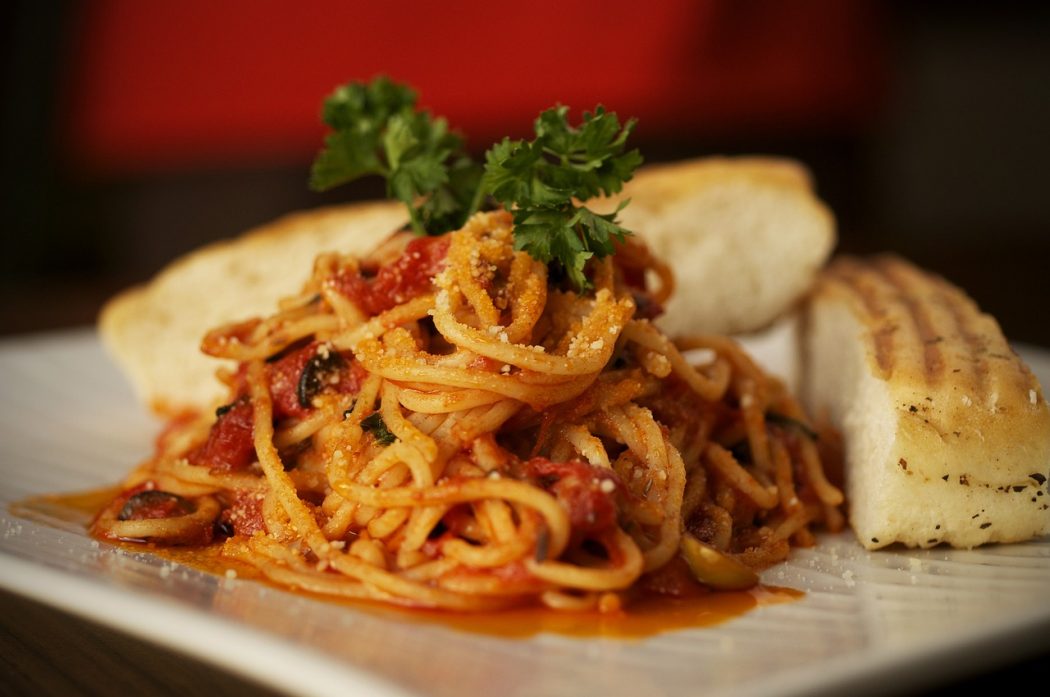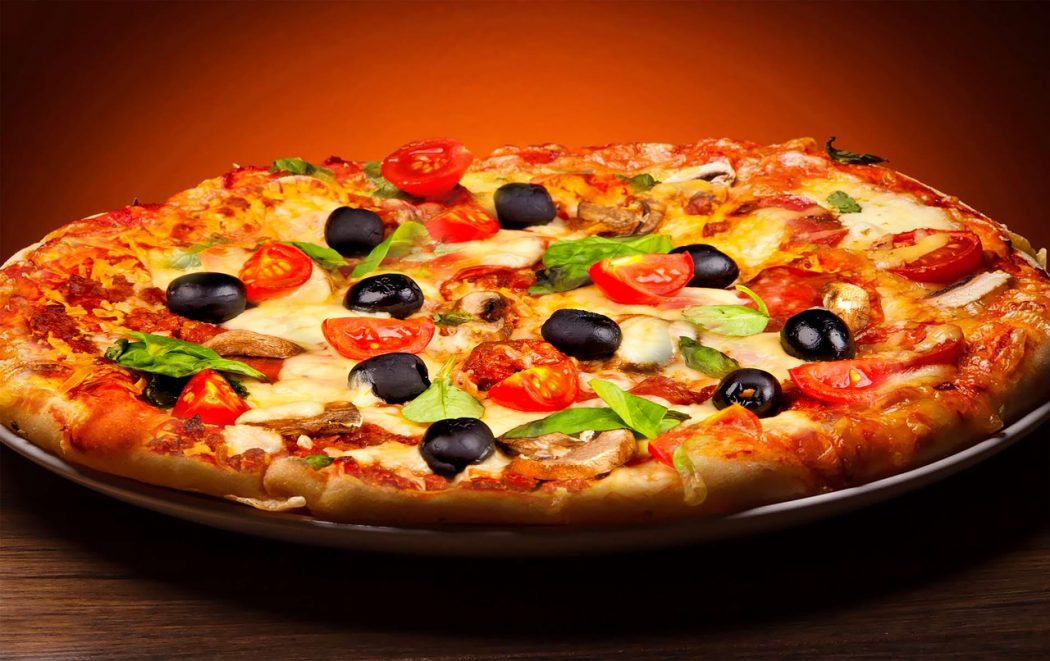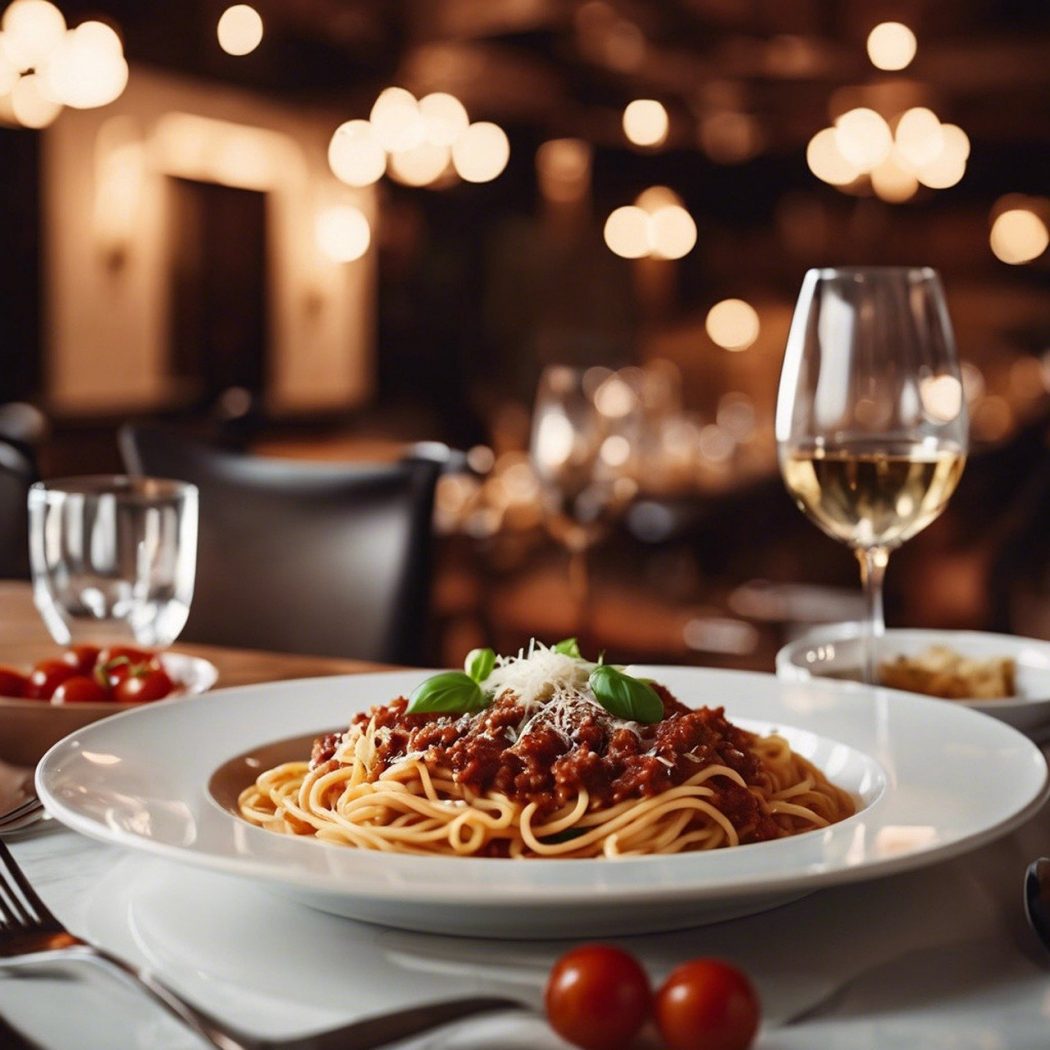Why does Italian food taste so good?

If you ask someone what is their favourite cuisine, chances are they will say Italian. This got me thinking, why does Italian cuisine taste so good and why is it popular around the world?
As I prepare for an upcoming trip to Italy in 2025 that I am hosting, I decided to delve into the world of Italian food to understand it better.
Italian cuisine has been around a long, long time. The cuisine can be traced back as far back as the 4th century BC, and it has developed over the centuries. There is a cookbook, Apicius, that dates to the first century BC, which has recipes, though geared primarily to the wealthy who could afford the ingredients. What we can glean from it, though, is food had an important part in Italian society and culture.
When you think of Italian food, tomato, or “pomodoro,” might be the first ingredient that comes to mind. Tomatoes are synonymous with Italy’s brand, in the way that chocolate or cheese is to Switzerland. However, it may come as a shock that tomatoes are not indigenous to Italy. Tomatoes actually originated in Peru and were brought to Europe in the 16th Century by the Spanish.

So, what did the Italians eat before they had tomatoes? Italians ate a diet similar to the rest of the Mediterranean: bread, pasta, olives, beans and polenta. In fact, the earliest recorded pasta in Italy is the ancient Testaroli, a spongy pasta, which is a native dish of Liguria and Tuscany regions of Italy.
Recently, I asked an Italian chef at an Italian restaurant in Toronto what the most popular dish is in Italy today. He told me the Pizza Margherita, for its simplicity and easy access, as it’s everywhere.

Today, Italian cuisine is celebrated around the world. Here are some of the reasons that contribute to its popularity, as well as its sweet and savory delectableness:
- Quality Ingredients: Italian cuisine emphasizes fresh, high-quality ingredients, such as olive oil, tomatoes, herbs, cheese and seasonal vegetables. This ensures vibrant flavours without needing heavy processing.
- Simplicity: Many iconic Italian dishes are simple, with few ingredients. This simplicity allows each component to shine, enhancing natural flavours rather than masking them with sauces or seasonings.
- Tradition: Italian recipes often come from centuries of tradition, passed down through generations. This culinary heritage means techniques are perfected over time, and regional specialties maintain authenticity and local flavour.
- Balance of Flavours: Italian cuisine focuses on balance and harmony. For example, the sweetness of ripe tomatoes balanced by the acidity of balsamic vinegar. Or the richness of Parmesan balanced by the lightness of fresh basil.
- Culture: In Italy, food is more than sustenance; it’s a cultural experience. Meals are often leisurely and social, with a focus on enjoyment and the ritual of eating together. This culture of appreciation contributes to the overall pleasure of the cuisine.
- Diversity: Italian cuisine is regional and diverse. Each region has its specialties, from the seafood of the coastal areas to the hearty pasta and meat dishes of the interior areas.
- Fresh Pasta and Bread: Homemade pastas and breads are central to Italian cuisine.
- Cheese and Cured Meats: Vegans, close your ears…Italy is home to some of the world’s best cheeses (e.g. Parmigiano-Reggiano, mozzarella and ricotta) and cured meats (e.g. prosciutto, pancetta and salami), which add depth and richness to many dishes.
- Wine and Pairings: Italian cuisine is often paired with regional wines, which complement the food’s flavours and elevate the dining experience. Italy has a deep wine tradition, which is an important aspect of its culinary appeal.
These components make Italian cuisine a favourite around the world. And I can’t wait to dive in on our trip in 2025.
Shannon Skinner is an author, broadcaster, speaker and travel writer. She also hosts guided tours for women.





